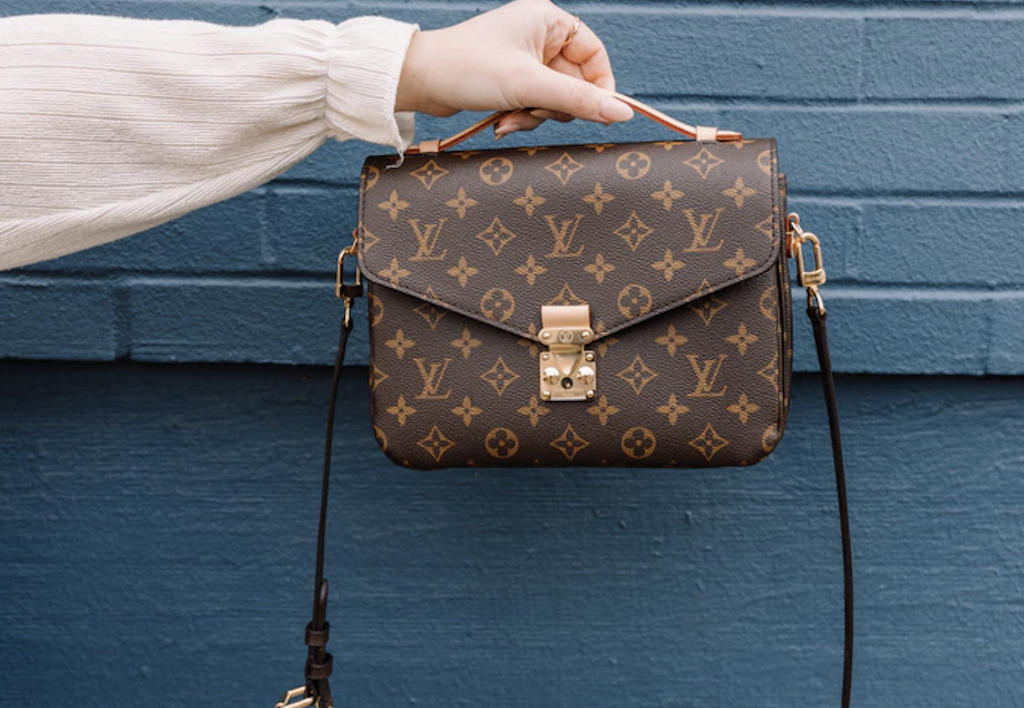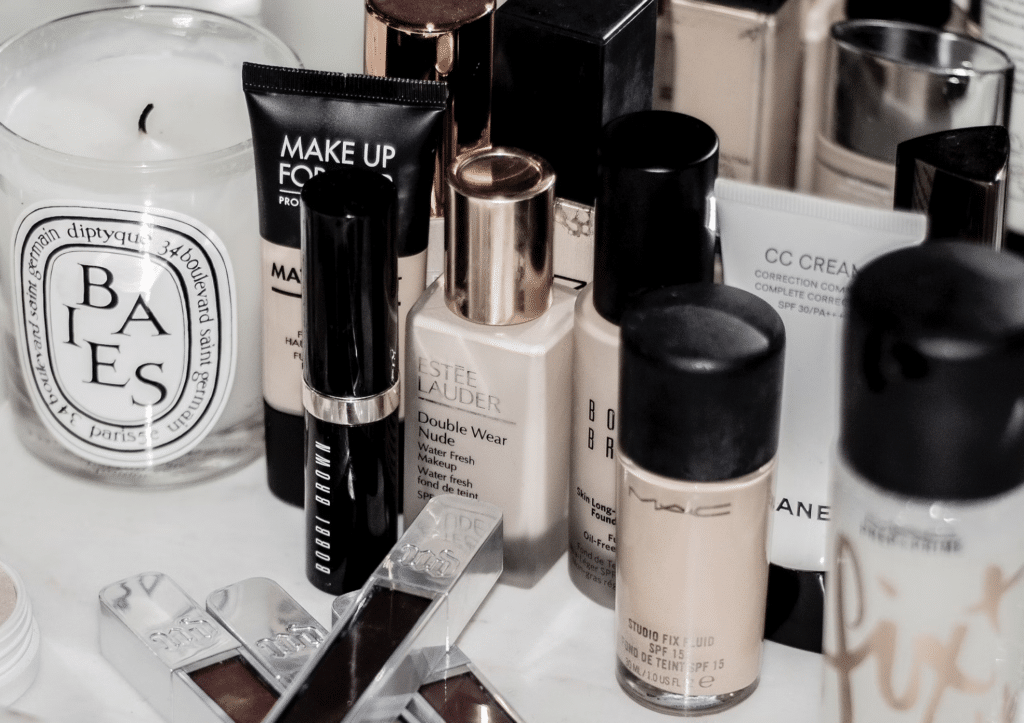The COVID-19 pandemic and the corresponding rise in e-commerce sales has led to increased consumer uncertainty about whether the products they are buying online are authentic or counterfeit. According to a new report from the European Union Intellectual Property Office (“EUIPO”), nearly 10 percent of consumers in the EU – or almost 1 in 10 consumers – revealed that they have been misled into buying counterfeit goods or services over the past 12 months, and as many as 33 percent stated that they have wondered whether the products/services they purchased were the real thing.
Representing roughly 6.8 percent of all EU imports and a total value of 121 billion euros ($146.6 billion), the counterfeit trade “impacts every sector, from cosmetics and toys, wine and beverages, electronics and clothing to pesticides and pharmaceutical products,” the EUIPO asserted, citing a joint report with the Organization for Economic Cooperation and Development. Looking specifically at the 2019 year, which was the subject of a recent report on “EU Enforcement of intellectual property rights,” the Alicante, Spain-headquartered body stated that approximately 72 million fake items were detained in the EU in 2019, which actually amounts to an almost 21 percent reduction in the number of items confiscated by customs, compared to 91 million counterfeit items in 2018.
“Despite the large reduction in the number of fake items detained in the EU, the estimated value of the goods – some 2.4 billion euro ($2.9 billion) – represents almost no decrease compared to the previous year,” the EUIPO found, noting that the decrease in the quantity of the counterfeit goods but not in the value of the counterfeit goods is due to “the shift in the composition of the ‘basket’ of products detained,” and a movement away from “cheaper products in 2018 (i.e., toys, packaging material) to more expensive ones in 2019,” namely, luxury and premium-branded “clothing, clothing accessories, non-sport shoes.” The shift is also the result of the increase in “the estimated unitary value of some products.”
The latest figures from the EU come several years after the EUIPO engaged in a first of its kind study across the EU, in which researchers sought to determine consumer perception of intellectual property, including their views on counterfeit goods. Following a 2-year period of surveying consumers, the EUIPO released its “IP Perception” study in late 2013, finding that while “96 percent of EU citizens agree that it is important that inventors, creators and performing artists can protect their rights and be paid for their work,” and that “protecting intellectual property is important because it contributes to improving and guaranteeing the quality of products and services,” at the same time, a “significant minority of Europeans (around a third)” said that they view counterfeiting in “a favorable light, as a ‘smart’ way to preserve purchasing power and also as an ‘act of protest’ against large premium brands and the unbalanced economic system.”
For instance, that study found that 34 percent of EU citizens said that they agree with the statement that “buying counterfeit products allows [you] to make a smart purchase that enables you to have the items that you wanted while preserving your purchasing power” – specifically, 44 percent of 25 to 34-year-olds said that they agreed with the statement, 38 percent of 35 to 44-year-olds, 35 percent of 45 to 54-year-olds, 34 percent of 55 to 64-year-olds and 32 percent of citizens of 65 years old and over.”
Meanwhile, 38 percent of EU citizens surveyed agree with the statement “buying counterfeit products is an act of protest and a way to resist to the market-driven economy and the large premium brands,” with as much as 52 percent of EU citizens between 15 and 24 years old agreeing with that statement, followed by 39 percent of those between 25-34, 34 percent of those between 35 to 44, 31 percent of those aged between 45 to 54, 29 percent of those aged between 55 to 64 and 25 percent of citizens of 65 years of age and above.
While the numbers are likely to have shifted to some extent since the study was released in 2013, especially given that the EUIPO says that Europeans are developing “a stronger stance against counterfeiting,” including when it comes to counterfeit goods, the general reasoning behind the apparent disconnect between consumers supporting the need for “strong IP protections” and participating in the counterfeit market may still be the same. In the 2013 report, the EUIPO asserted that the disconnect likely stems from the fact that “a large majority of Europeans believe IP protection does not primarily benefit consumers and citizens like them but rather benefits business and artistic elites,” which provides small and medium size enterprises with an opportunity to educate consumers about the benefits of such protections on their businesses.
Beyond that, consumers also consider that “at a personal level, breaking these [legal] rules may be justified to cope with the consequences of limited purchasing power or to protest against an economic model driven by a market economy and premium brands.”













